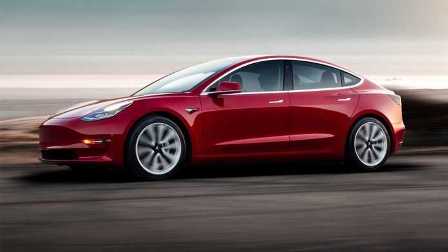In electric aircraft, motor power-to-weight ratio is paramount for endurance, the main constraint on sales. You cannot lug ever more battery weight to get range. Indeed, better motors mean less battery in a land, water or air vehicle.
The new IDTechEx Research report, “Electric Motors for Electric Vehicles: Land, Water, Air 2019-2029” explains the new emphasis on power-to-weight ratio with good efficiency.
5 kW/kg in most e-aircraft is achieved by Siemens or YASA using variants of permanent magnet motor. The huge tethered drone of Makani is backed by Shell as well as Alphabet now. Its eight YASA motors pull it upwards then generate 800kW at 10kW/kg. Multi-copters and fixed wing aircraft trend up to 18 such motors.
Equipmake’s spoke magnet PM motor has a route to 15 kW/kg. Four will be in the 2020 Ariel Hipercar yet a Brazilian bus will use two, because it is smaller and cheaper to make. Even cheap magnets give 25% less magnet per torque. It is good for car, bus, bike, boat, plane – anything needing high performance, compactness, efficiency.
CEO Ian Foley portrays this ultra-compact, high performance PM motor as the most power and torque-dense with huge cooling advantage.
Axial flux PM motors from AVID and others assessed in the report are looking good, with claims of 10% increase in efficiency and wide application. Belgium start-up Magnax scopes three markets for its newly-designed axial flux PM motors in 2019-20 – mainstream electric vehicles, motorcycles and aviation. Dyson brings motor superlatives from domestic electrics to EVs.
The Tesla 3 car excels partly because of its variant on the switched reluctance motor giving extra range. Motor excellence in on-road vehicles is increasingly important because the new norm is two to six motors per bus or truck and two to four in a large car.
Electric Motors for Electric Vehicles: Land, Water, Air 2019-2029 appraises many other routes to high power density motors often by newcomers and explains the focus of the motor company acquisition frenzy and who is next.




